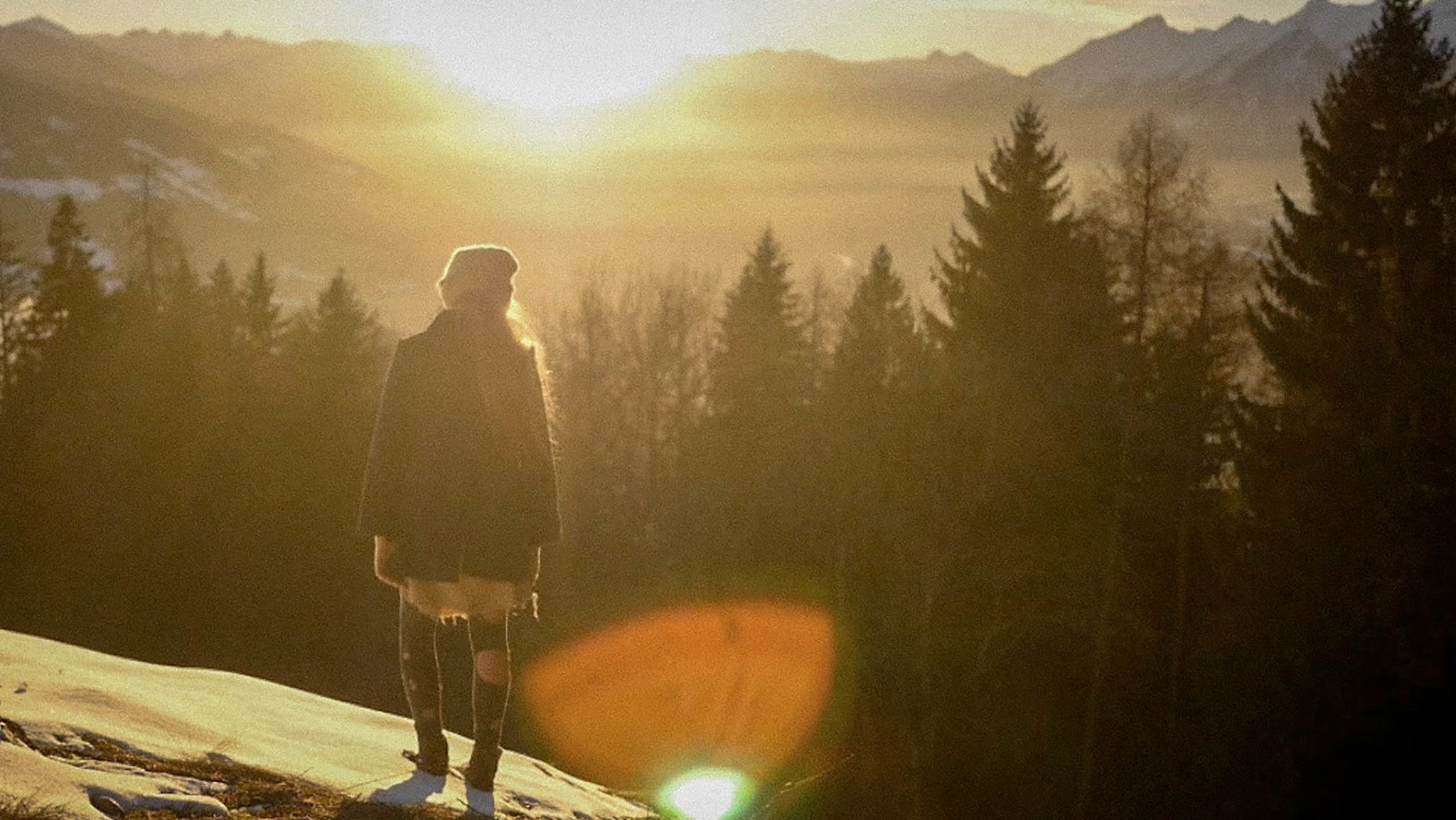Directed by Sam Hobkinson, Misha and the Wolves tells of an unbelievable story of a holocaust survivor. In the 90s, Misha Defonseca, a Belgian immigrant who survived the Holocaust, revealed a story so unbelievable, so fantastical, that everyone who listened to it was doubtlessly amazed. The story went like this, Misha, hidden away by the Jewish community when she was 7 with a Catholic foster home, escaped the family that didn’t want her and left for Germany on foot with the goal of reuniting with her parents. In the wilderness of the forest, she comes across a wolf pack that does not attack her, but instead takes her in as one of their own.
Like the myths of Romulus and Remus or perhaps Little Red Riding Hood, Misha’s story obviously inspires hope in anyone who hears it. Nature’s animals protecting and raising a girl running from the horrors of Nazi Germany, being literally raised by wolves? It’s hard not to be captivated. Inevitably, Misha’s story captures the attention of a publisher, Jane Daniel. She noted that she saw the mythic elements in her story and after writing the book, it was eventually picked up by Oprah for her book club even in talks for a potential Disney contract.
In an astonishing scene, the Oprah show producers fly out to get shots of Misha with wolves. They visit the local sanctuary and Misha goes in to the wolf area alone and one of the wolves locks its teeth around her skull. As everyone watches horrified, the wolf eventually lets her go and she lets out a loud howl, which prompts the fellow wolves in the sanctuary to howl as well.

But Misha doesn’t want to go on Oprah, the true reason is revealed later, and without money from the book sales, money is tight. Misha sues Jane and the two enter into a bitter legal case. Without spoiling much of the majority of the film, I will say that much of the excitement from Misha and the Wolves comes from the story itself. It doesn’t need much dressing around it, it is a fascinating and gripping story. But Hobkinson leaves it at that, an interesting story. The first third involving Misha’s extraordinary tale, the second involving the trial, and the third involving the aftermath are hardly boring. Hobkinson introduces experts and interview subjects like he’s Wes Anderson introducing a character.
Which is, of course, what they are. Although Hobkinson doesn’t let us forget that this is a documentary — using the trendy new trick of showing us a sound stage and a set and showing us as they break it down (this method was notably used in the most recent I’ll Be Gone In The Dark docuseries) — it almost feels like Misha and the Wolves might have had more value as a dramatic film. When the final twist comes at the end, there feels there is much more story to be told and yet we are cut off at the end. Indeed, the final arc of the documentary is the most interesting and somehow the least explored.
The theme of greed is presented near the end and I can’t help but wish that Hobkinson had explored this far more than wasting precious minutes on a trial. Why did the people do what they did in this story? What is the takeaway? What I love about Sundance films is that they so often offer a completely new perspective than the one that I have started the film with. At the 10 minute mark, I have assumptions in my mind, and by the last 5 minutes, they have all evolved, altered, or been shattered. There was no moment in Misha and the Wolves like that. And while, yes, this is a very artfully shot documentary, that simply doesn’t cut it. When it comes to a story with so many layers, you can’t help but feel Hobkinson barely scratched the surface, no matter how shiny and eye-catching that surface is.
This film review was based on the premiere at Sundance Film Festival 2021 and will be released by Netflix. Photo Courtesy of Sundance Institute